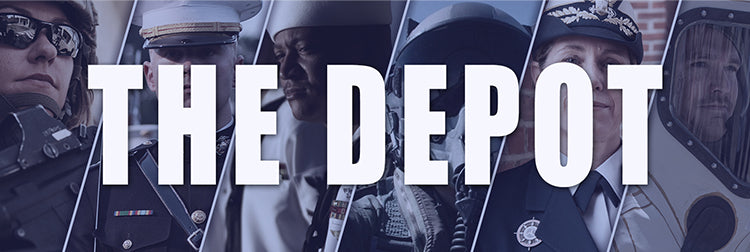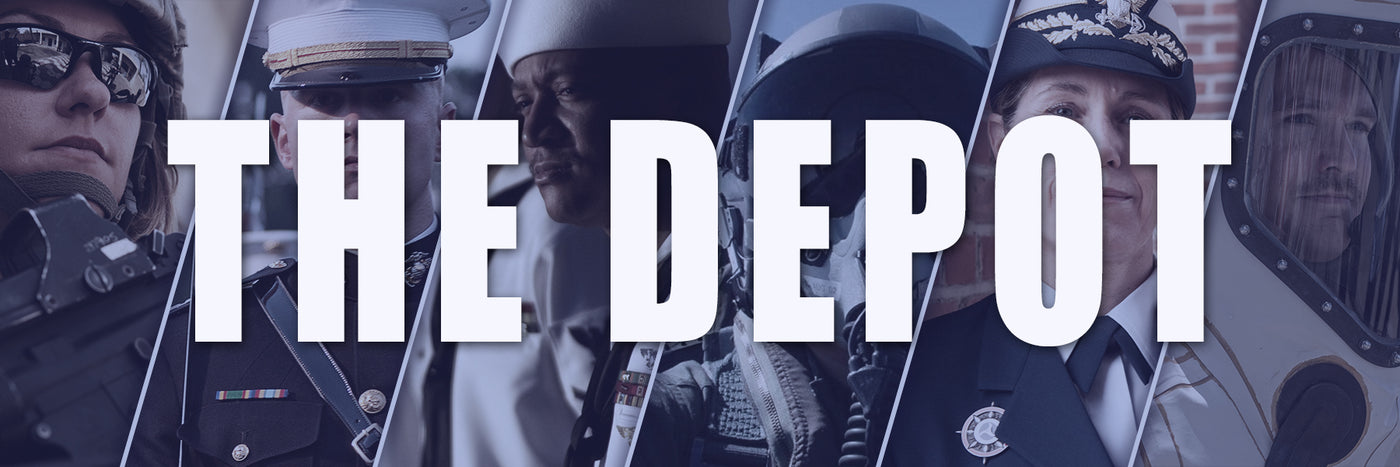
How Far is a Klick in The Military?
For those with a penchant for all things military, jargon and slang are as much a part of the mystique as the uniforms and tactics. Among the phrases that pepper...
Blog Staff |
ARMED FORCES SUPER STORE 1-877-653-9577 | 8 - 7 CST MON-FRI



For those with a penchant for all things military, jargon and slang are as much a part of the mystique as the uniforms and tactics. Among the phrases that pepper...
Blog Staff |